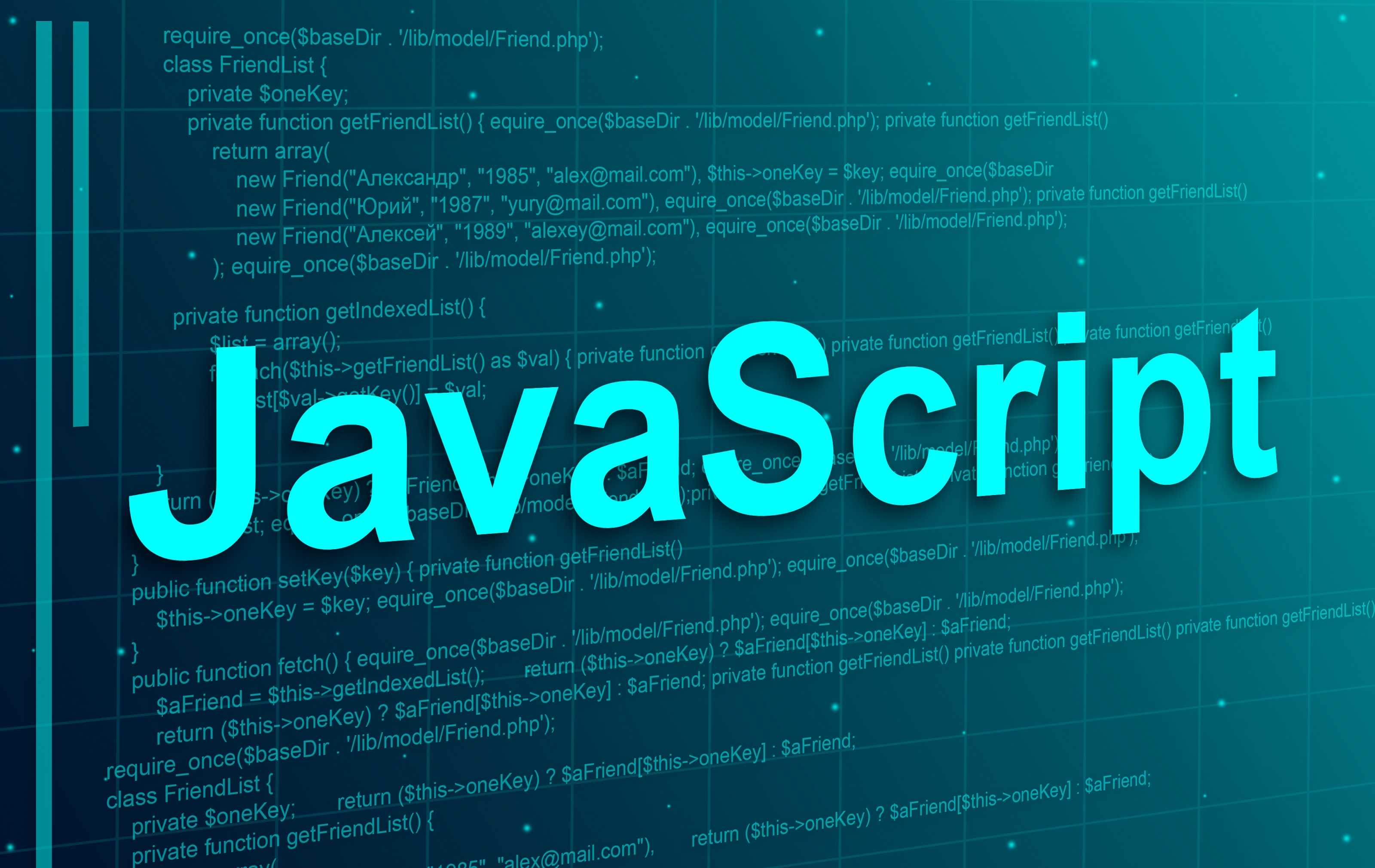Stay updated with practical tips, industry trends, and deep insights designed to fuel your growth.

C# vs. Java: Key Differences, Advantages, and Future Prospects
C# vs. Java: Key Differences, Advantages, and Future Prospects
Understanding C# and Java
Key Differences Between C# and Java
Real-World Use Cases: Which Language Is Best for You?
C# vs. Java: Performance, Scalability, and Ecosystem Support

Ruby on Rails vs JavaScript: What Is The Best Web Technology For Your Next Application In 2025?
Ruby on Rails vs JavaScript: What Is The Best Web Technology For Your Next Application In 2025?
Introduction
What Is JavaScript?
What Is Ruby on Rails?
Ruby on Rails vs JavaScript – 5 Key Differences to Know
JavaScript vs Ruby on Rails – Which is better?

Understanding the 'this' Keyword in JavaScript: A Beginner’s Guide
Understanding the 'this' Keyword in JavaScript: A Beginner’s Guide
The Different Contexts of this
1. Global Context (Outside Any Function)
2. Inside a Function
3. Object Methods

Designing Reusable Components in JavaScript: From Principles to Best Practices
Designing Reusable Components in JavaScript: From Principles to Best Practices
1. Principles of Component Reusability: Breaking Down Components into Smaller, Focused Units
2. Component Composition: Combining Smaller Components to Create More Complex Ones
3. Passing Props Effectively: Using Props to Make Components Flexible and Configurable
4. Hands-On: Creating Reusable Components and Using Them in Different Parts of Your Application

JavaScript Control Structures: A Beginner’s Guide with Examples
JavaScript Control Structures: A Beginner’s Guide with Examples
Types of Control Statements in JavaScript
if, else if, and else Statement
Switch case Statement
For loop, while loop, and do-while loop Statement
Conclusion

JavaScript DOM Manipulation: Methods, Examples & Best Practices
JavaScript DOM Manipulation: Methods, Examples & Best Practices
What is the DOM?
Nodes in the DOM
Accessing DOM Elements
Manipulating DOM Elements

JavaScript vs. Other Programming Languages: What Makes It Stand Out?
JavaScript vs. Other Programming Languages: What Makes It Stand Out?
Introduction
A Brief History of JavaScript
Key Features of JavaScript
Fundamentals of JavaScript
Use Cases of JavaScript

JavaScript in Data Science: A Game Changer?
JavaScript in Data Science: A Game Changer?
Introduction
The Rise of JavaScript in Data Science
Key Libraries and Tools
Advantages of Using JavaScript for Data Science
Limitations and Challenges

Can JavaScript Be Used for Data Science?
Can JavaScript Be Used for Data Science?
I. Introduction
II. Can JavaScript Be Utilized for Data Science?
III. Advantages and Disadvantages of Using JavaScript in Data Science
IV. Real-World Examples and Use Cases
V. Getting Started with JavaScript in Data Science

10 Exciting Projects You Can Create with JavaScript
10 Exciting Projects You Can Create with JavaScript
Introduction
Here are 10 amazing things you can build with JavaScript
Conclusion